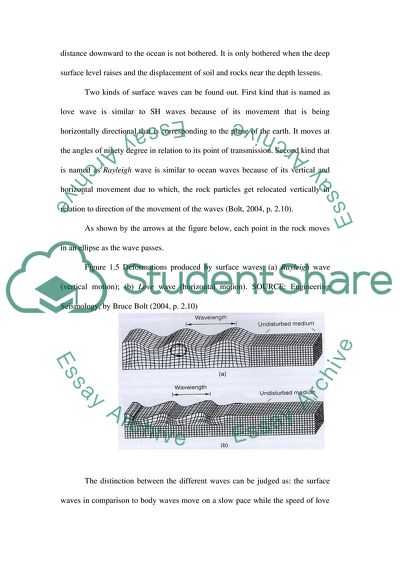Cite this document
(Performance-Based Earthquake Engineering Coursework, n.d.)
Performance-Based Earthquake Engineering Coursework. Retrieved from https://studentshare.org/engineering-and-construction/1731654-earthquake
Performance-Based Earthquake Engineering Coursework. Retrieved from https://studentshare.org/engineering-and-construction/1731654-earthquake
(Performance-Based Earthquake Engineering Coursework)
Performance-Based Earthquake Engineering Coursework. https://studentshare.org/engineering-and-construction/1731654-earthquake.
Performance-Based Earthquake Engineering Coursework. https://studentshare.org/engineering-and-construction/1731654-earthquake.
“Performance-Based Earthquake Engineering Coursework”, n.d. https://studentshare.org/engineering-and-construction/1731654-earthquake.


